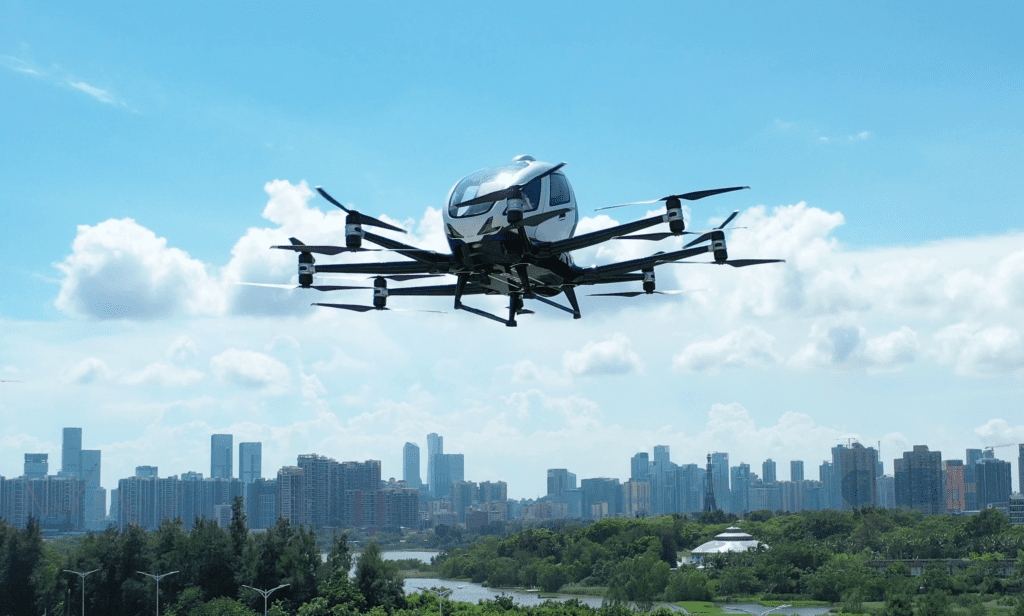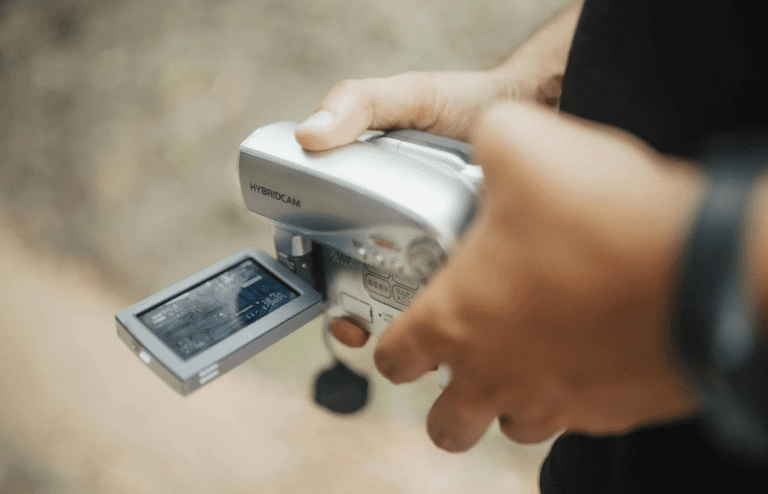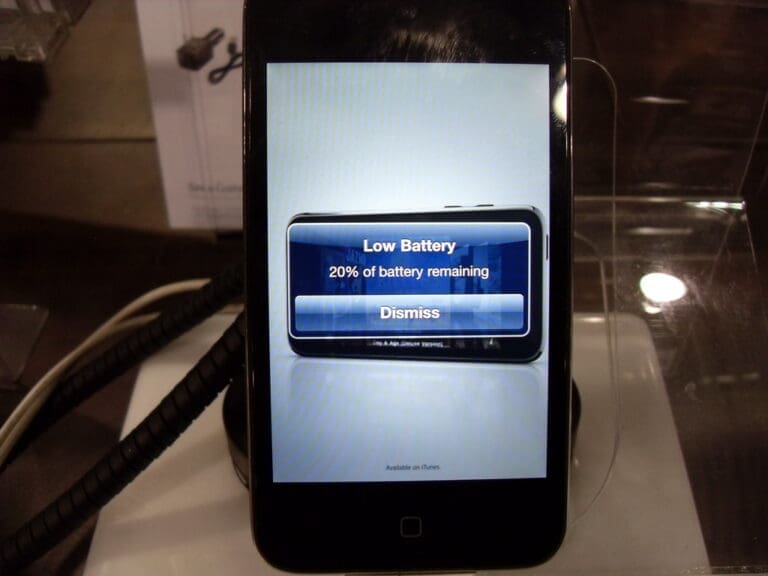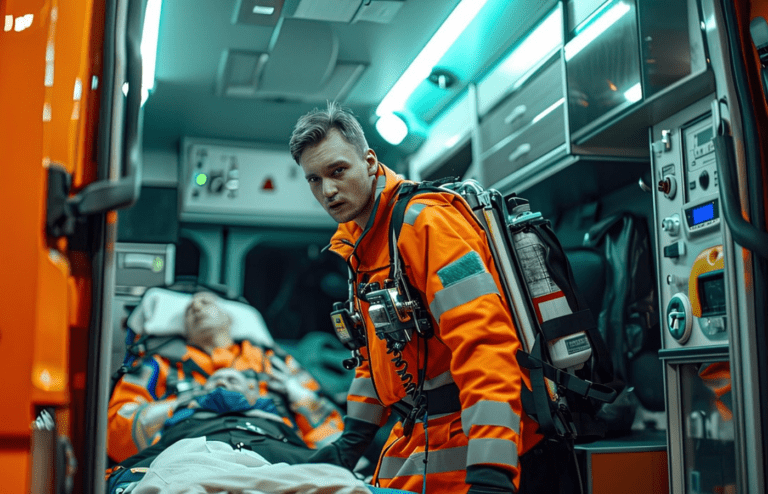Last year, a major milestone was reached with the commercial flight of the first autonomous passenger drone without a pilot. They say the electric, battery-powered aircraft is quieter and safer than a helicopter. But would you fly in one?

Passenger Drone Makes Successful Milestone Flight
First, we had driverless cars. Now, we have pilotless aircraft. And in a way, you could say we now have flying cars – sort of.
The Chinese firm EHang reached an important milestone on December 28, 2023. The company successfully transported a human passenger in an autonomous drone with no pilot on board.
The EHang EH216-S is powered by an electric battery and uses 16 different rotors to achieve flight. The “green” (in principle) flying machine is much quieter than a typical helicopter.
However, it has drawbacks, especially compared to a helicopter.
Most civilian helicopters, such as the Robinson R44, can travel around 341 miles on a single tank of fuel. The EH216-S has a range of only 22 miles. The Robinson can reach speeds of up to 125 mph while carrying a max weight of 818 pounds in people and baggage. The EH216-S has a top speed of only 81 MPH. While the EHang doesn’t require a pilot, it can carry only two passengers. The Robinson carries a pilot and three passengers.
However, regarding safety, the EHang EH216-S may have the advantage. The Robinson is notoriously accident-prone. Whether the EHang will prove to be safer remains to be seen.
Read More: 7 Futuristic Transportation Technologies That Could Change
Regulation Obstacles and Ensuring Safety
This successful test of the first autonomous passenger-carrying air taxi was able to leap ahead of competitors largely because China was the first country to grant approval.
the Civil Aviation Administration of China granted the EH216-S AAV an airworthiness “type certificate,” CNBC reported. It’s China’s equivalent of the Federal Aviation Administration (FAA) in the U.S.
With Ehang achieving a certificate of airworthiness in China, it significantly improves the Guangzhou-based company’s chances of getting certificates elsewhere. The company hopes to be approved for commercial operation in the U.S., Europe, and Southeast Asia, its CEO Huazhi Hu told CNBC.
The U.S.-listed Ehang also has a partnership with the Nevada Institute for Autonomous Systems. The Nevada-based company will be helping to guide Ehang through the FAA regulatory processes.
In July, the FAA released a plan that provides a path toward allowing similar autonomous flying vehicles. However, these autonomous flying vehicles will initially still require pilots to sit on board until a record of safety is established.
Are There Other Operational Passenger Drones?
Although the EHang is the first pilotless passenger drone to complete a successful flight, it’s far from the only passenger drone in development or operation. Here is a look at five others:
1. Volocopter
Developed by German aviation company Volocopter (which is backed by Daimler) and in partnership with Intel, the Volocopter debuted at CES 2018. This air taxi uses 18 rotors and can fly for 30 minutes with a max range of 17 miles.
2. Uber Elevate
Developed in partnership with NASA, Uber Elevate’s passenger drone is capable of vertical take-off and landing.
3. Bell Helicopter
Bell Helicopter has successfully produced drones for package delivery and unveiled their concept for an air taxi at CES 2018. Although a pilot will initially fly it, the goal is to be autonomous.
4. CityAirbus
The goal of the CityAirbus is to transport four passengers. Initially designed to carry an onboard pilot, the goal is to become fully autonomous eventually. The electric passenger drone has a vertical take-off and landing using a four-rotor design. Its range is 80 kilometers.
5. Lilium Jet
German company Lilium Jet had its first successful maiden flight in 2017. Its drone has vertical takeoff like a helicopter, then propels forward like a jet. This all-electric aircraft boasts a range of 300 km and a speed of 300 km/h. it claims to create less noise than a motorbike.
There Was a Flying Car in the 1930s: But Are They a Good Idea?
In a recent article in Vox, writer Dylan Matthews stated: “We can have a world full of flying cars — if we want it. But do we?”
A recent book by technologist J. Storrs Hall, ponders technological stagnation with its title: “Where Is My Flying Car?”
Actually, flying cars existed in a functional manner in the 1930s. One successful model was developed by aviation pioneers Juan de la Cierva and Harold Pitcairn. It was called the “autogyro” (also spelled “autogiro”). It had an unpowered rotor. The vehicle needed a runway for takeoff and it worked on thrust powered by a separate engine.
Read More: From Fiction to Fact: 10 Weird Sci-Fi Tech That Became Real
Then-president Herbert Hoover gave an award to Pitcairn, while an autogyro landed on the south lawn of the White House to mark the occasion.
However, economic times and the depression made all cars unaffordable. World War II requisitioned materials that would have built autogyros. By the war’s end, the autogyros had been surpassed by the helicopter.








